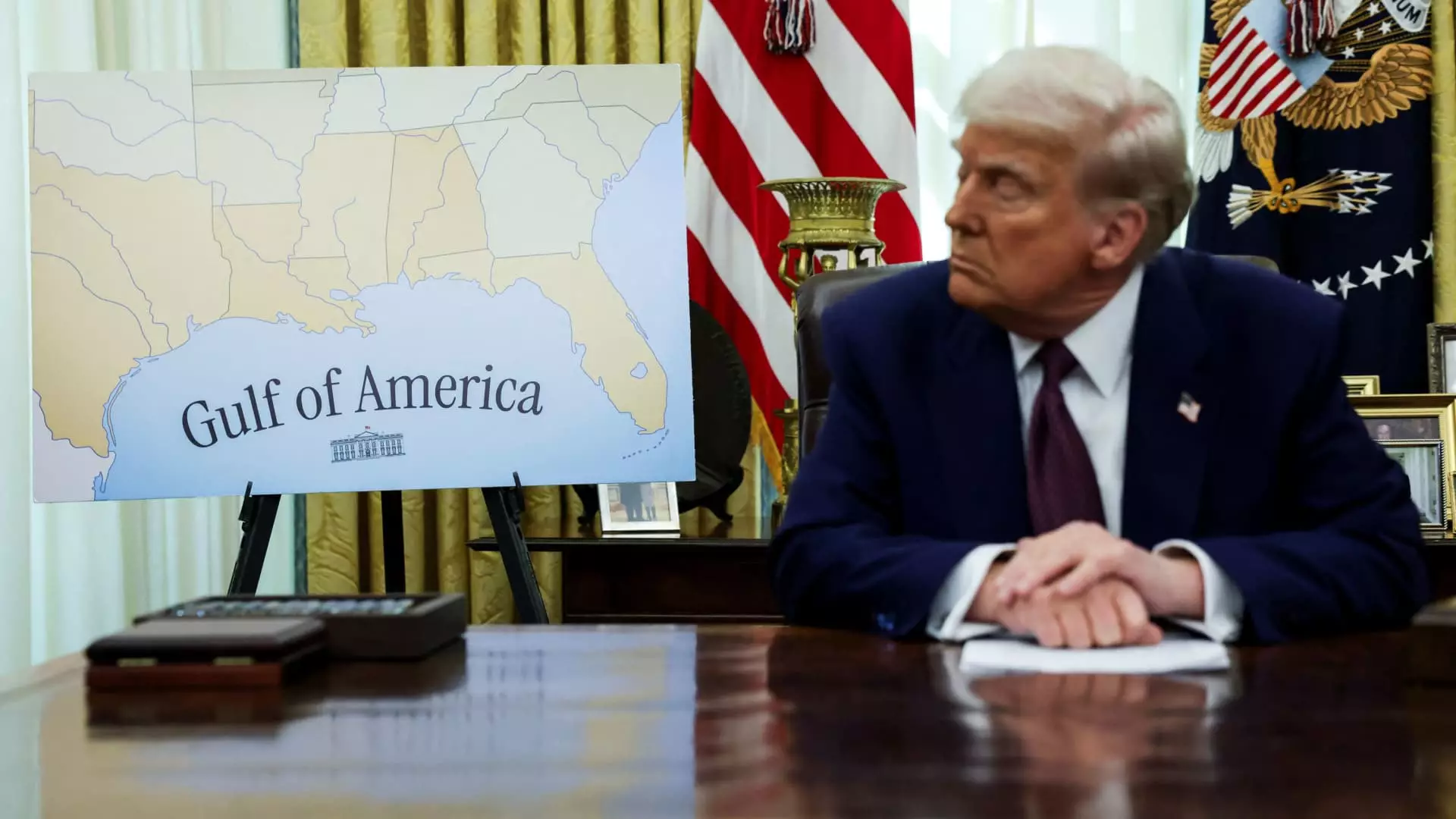The presidency of Donald Trump has been a rollercoaster of economic policies that have kept investors on their toes, especially concerning tariffs on imported goods. The swift and sweeping imposition of tariffs—particularly targeting China and other trade partners—has led to heightened market anxiety and speculation. This article delves into the intricate dynamics of Trump’s tariff policies, their implications for various sectors, and specific companies that may be affected by them.
In a move that signaled a significant shift in trade policy, President Trump introduced a 10% tariff on all goods imported from China shortly after returning to office. This unilateral action ignited a cascade of retaliatory measures, with China responding with tariffs of its own, affecting U.S. exports that include crucial commodities like coal and liquefied natural gas. The tensions have not been confined to China alone; Canada’s and Mexico’s economies also found themselves in the line of fire as Trump proposed a hefty 25% tariff on their imports.
The uncertainty introduced by these tariffs carries the potential to distort market dynamics fundamentally. For instance, companies that rely heavily on imports for raw materials could find themselves scrambling to manage costs and pricing strategies. The situation is fluid, and ongoing negotiations can change the landscape quickly, prompting many investors to reassess their positions.
Investor reactions to these tariffs have been varied, with some analysts viewing the impact as a fleeting challenge. Billionaire investor Steve Cohen highlighted the fundamentally negative nature of tariffs, describing them as a tax rather than an economic stimulant. He stated that while the current market may experience short-term gains, a significant market correction may be on the horizon, making cautious investment strategies essential.
Data scouring by financial analysts, such as those at Goldman Sachs, identified specific companies poised to bear the brunt of these tariffs. The examination focused on firms with substantial revenue profiles tied to regions facing increased tariffs—Latin America, Asia Pacific, and EMEA (Europe, Middle East, and Africa). This analysis provided a clear picture of the sectors and companies that could experience heightened pressure as a result of ongoing trade disputes.
The renewable energy sector has emerged as particularly vulnerable, with AES Corporation, primarily active in Latin America, facing revenue challenges with an alarming 53% of its income derived from that region. The stock’s struggles over the past year—a staggering loss of over one-third of its value—are indicative of the market’s pessimistic outlook regarding future profitability in a tariff-infested economic climate.
Conversely, the airline industry—represented by American Airlines—demonstrates that not all firms are equally susceptible to tariff impacts. Analyst Andrew Didora reassured investors that the company’s revenue exposure to Mexico is minimal, attributing much of its income to long-haul flights within South America and the Caribbean. Thus, while tariffs may induce shifts in consumer behavior due to currency impacts, the airline’s fundamentals appear relatively stable, at least for now.
In assessing the ramifications of Trump’s tariffs on EMEA-focused companies, Booking Holdings emerged as a frontrunner with an astounding 80% of its revenue sourced from that region. Despite tariffs, the company reported earnings that surpassed expectations, resulting in a notable stock rally of over 33%. Meanwhile, the hydrocarbon exploration firm APA Corp, which also witnessed significant tariff exposure, faced a different reality, losing 18% of its value due to market conditions exacerbated by tariff-related anxiety.
Fortinet, a cybersecurity entity securing nearly 40% of its revenue from EMEA, shows that certain sectors may withstand tariff pressures better than others. Industry analysts believe that the growing imperative for cybersecurity will insulate companies like Fortinet from the fallout of trade disputes, emphasizing the critical nature of their services. The consensus seems to be that strong demand for cybersecurity solutions will prevail, irrespective of tariff impacts.
The effects of tariffs are also highly sector-specific, particularly in the Asia Pacific region. Las Vegas Sands, which relies entirely on its Macao operations, illustrates a complex relationship with tariff policy. Despite operating entirely in a heavily impacted region, analysts express confidence in the company’s resilience. Jefferies analyst David Katz suggests that the company’s robust connections with local governments significantly mitigate the potential fallout from tariff actions.
As the landscape of global trade continues to evolve, nearly every industry must navigate the increasingly uncertain waters of tariff implications. Companies that can demonstrate adaptability and strong regional connections will likely fare better, while others may need to rethink their strategies if they wish to remain competitive in a tumultuous environment. The understanding that tariffs are not only taxes but instruments that can realign global markets is essential for investors moving forward.
The effects of Trump’s tariff policies span a wide array of sectors and companies. As the administration’s trade strategies unfold, investment decisions will increasingly hinge on understanding regional exposure, sector resilience, and potential market corrections. The road ahead is fraught with challenges but also opportunities for those that can deftly maneuver through evolving trade dynamics.

